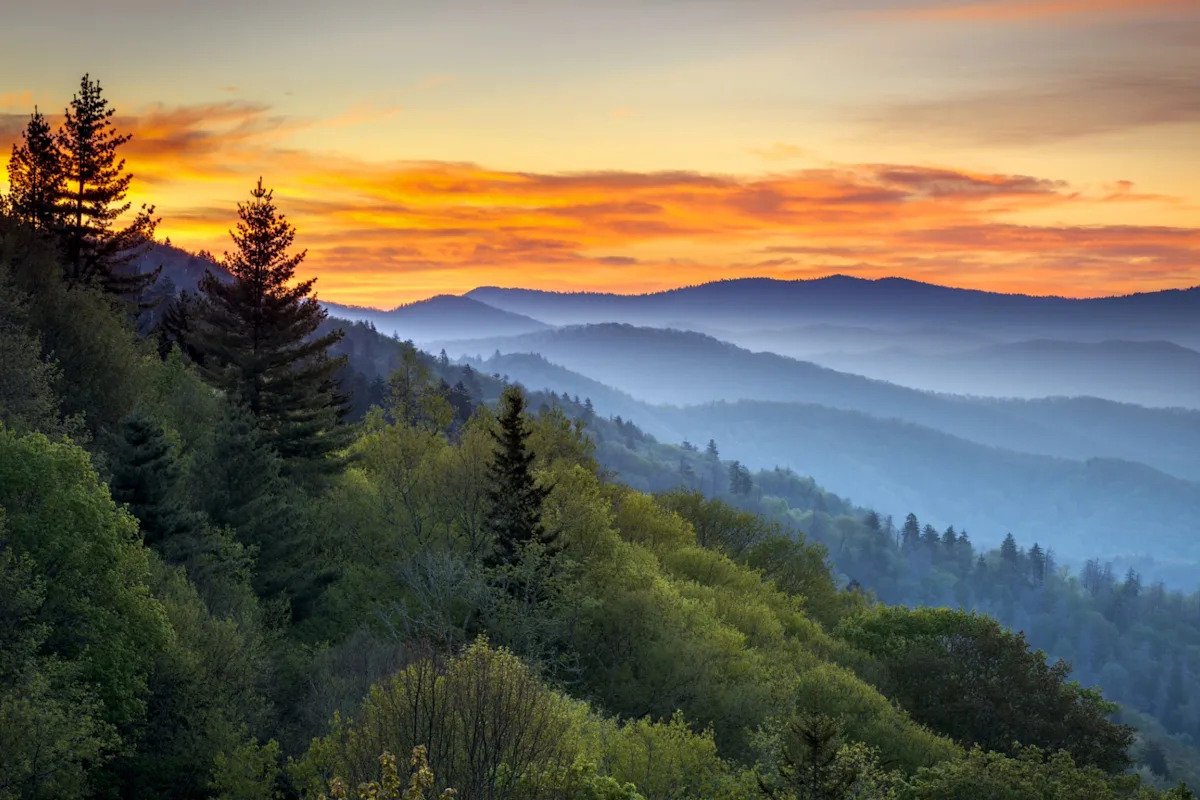An invasive spider has been spotted in the Great Smoky Mountains, according to The Island Packet.
What’s happening?
The Great Smoky Mountains National Park’s official Facebook page posted a warning to all visitors on August 28.
“The invasive Joro spider (Trichonephila clavata), originally from East Asia, was first introduced in Georgia and is steadily spreading north,” the post read.
Most sightings in the mountain range have been around Cades Cove.
The Joro is a type of spider called an orb-weaver; according to the University of Georgia, orb-weavers make large, layered webs that are exceptionally strong. They were first found in the U.S. about a decade ago.
Fortunately, they pose little threat to humans. Their venom can cause some blistering, but not much beyond that. However, native orb-weaver spiders have not been so lucky. The National Park Service has reported that native populations have declined in areas where the Joro spider is prevalent.
Why does the Joro spider’s spread matter?
While information about the Joro spider is limited, invasive species in general pose a threat to local ecosystems, competing with native species for resources and disrupting biodiversity. For example, the spotted lanternfly has wreaked havoc across the East, destroying trees, gardens, and crops in its wake.
Orb-weavers, in particular, play an integral role in keeping insects like aphids and mealybugs in check. If the spread of Joro spiders is not contained, they could deplete native orb-weavers’ food source, throwing the ecosystem off-balance.
In addition to their damaging impacts on biodiversity and ecosystems, the issues caused by invasive species have also been found to add trillions to global debt.
What’s being done about it?
The Great Smoky Mountains National Park is asking people to report Joro spider sightings on the iNaturalist app, along with a photo. According to the park’s Facebook post, a University of Tennessee researcher is also studying their spread.
If you’d like to combat the spread of invasive species in your area, upgrading to a native plant lawn can help. Native plants give local pollinators and species the resources they need to thrive, boosting your ecosystem.
Join our free newsletter for good news and useful tips, and don’t miss this cool list of easy ways to help yourself while helping the planet.
